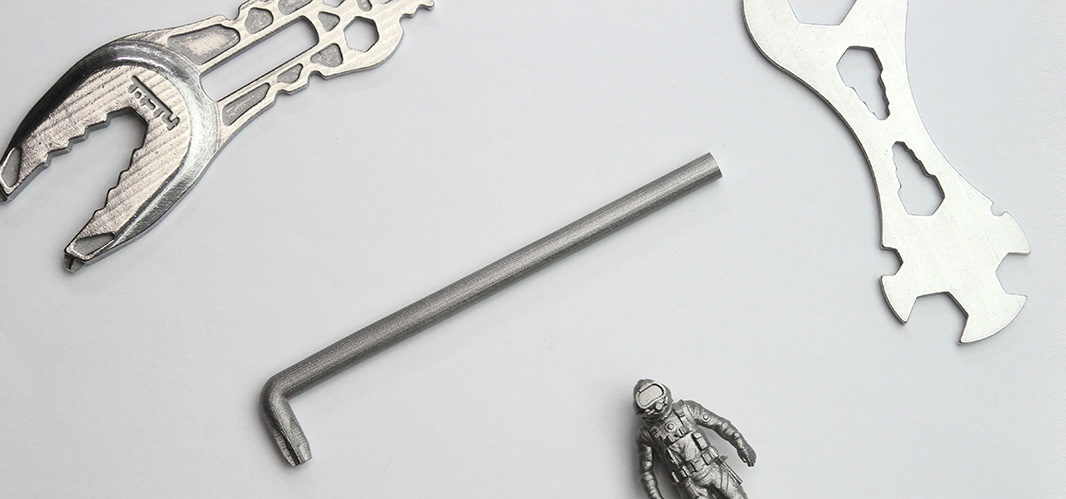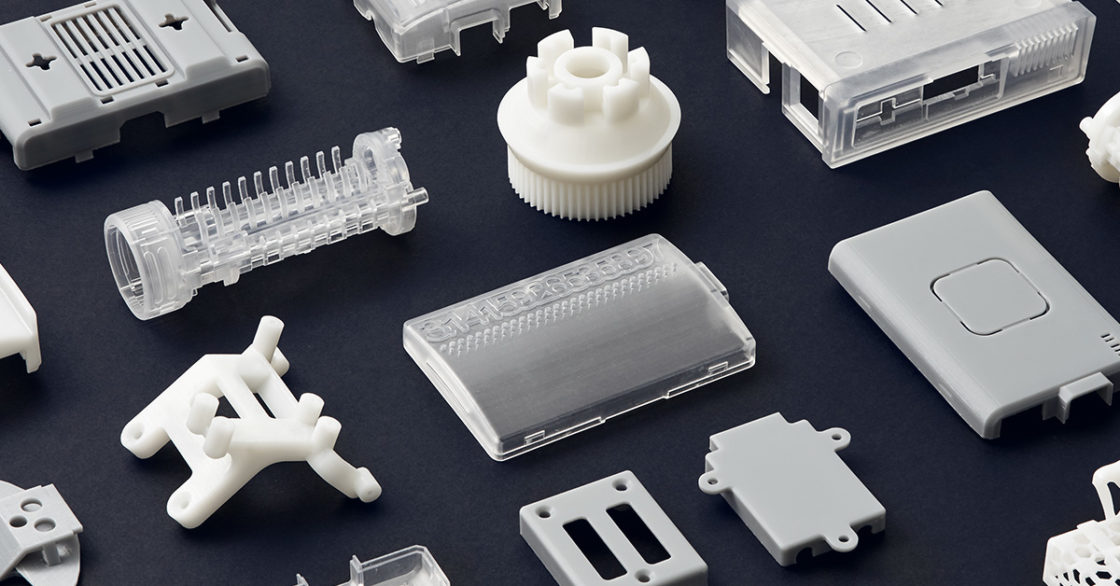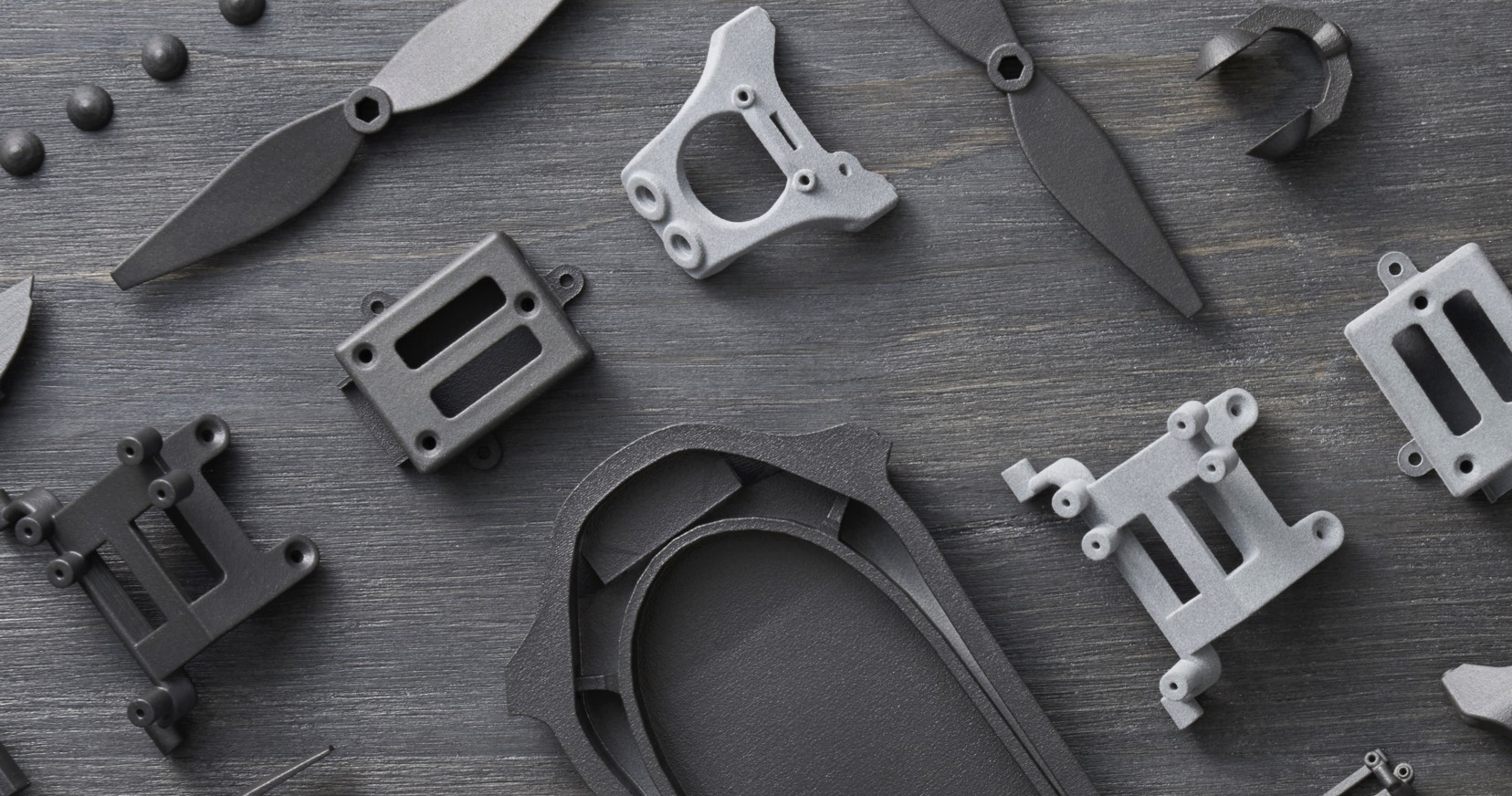
We’re at an inflection point, welcoming the next generation of manufacturing technology. The technologies of Industry 4.0 are now feeding into a specific new concept: Additive Manufacturing 2.0.
Additive Manufacturing 1.0
Any ‘2.0′ is preceded by a first version, like the ‘1.0’ era. And the beginning, as they say, is a very good place to start. Additive Manufacturing 1.0 as an era could more aptly be called Rapid Prototyping, as that was more typical terminology used from the early 1980s and into the early part of the 21st century. As 3D printing technologies matured, so did the terminology used to refer to them.
The first decade or two of 3D printing was primarily led by stereolithography (SLA) and fused deposition modeling (FDM) processes–before the non-trademarked FDM equivalent of fused filament fabrication (FFF) became more common. Rapid prototyping (RP) was found to be extremely useful in speeding up product development, with some users evencreating jigs, fixtures, and other helpful tooling.
In the early 2010s, RepRap and other desktop 3D printers emerged, bringing more mainstream visibility to FFF 3D printing. This became the era of the Yoda head, as this design rose to popularity on many a 3D printer. People started to think 3D printers would become as ubiquitous as microwaves in households, allowing them to ‘make anything.’
3D printing isn’t quite so easy, though–nor was it especially user-friendly a decade ago. The disappointment and disillusionment led to the death of 3D printing as far as much mainstream media was concerned. At the same time though, technological developments continued within the industry. 3D printing processes expanded, and the full additive manufacturing workflow became defined across seven ASTM-defined processes.
Larger companies, like GE and HP, invested heavily in additive manufacturing. Pure-play 3D printing companies rose to prominence with new technologies, with some, like Carbon, Desktop Metal, and Formlabs, hitting unicorn status with billion-dollar valuations.
Efforts across software and materials continued as well. More robust software, from the likes of Autodesk, Dassault Systèmes, and Siemens, powered complex geometries and AI-enabled feature generation. Terms like ‘topology optimization’ and ‘generative design’ became part of the lexicon as biomimetic designs with nature-inspired lattice structures allowed for all-new designs that could only be made on a 3D printer.
On the materials side, global chemical giants threw their hats into the additive manufacturing ring as well. Arkema, BASF, Covestro, DSM, Evonik, Henkel, Owens Corning, SABIC, and Solvay, dedicated resources to developing advanced and familiar formulations of materials suitable for 3D printing.
With new capabilities in hardware, software, and materials, the industry began to turn from prototyping to production, entering a new generation of additive manufacturing.

Additive Manufacturing 2.0
The first company to publicly and specifically label this new stage in 3D printing was Desktop Metal. In their announcement in the summer of 2020 about their intent to go public, the company explained the concept of Additive Manufacturing 2.0:
“The additive manufacturing industry grew at a 20 percent annual compound rate between 2006 and 2016 before accelerating to 25 percent compound annual growth over the last 3 years, a rate that is expected to continue over the next decade as the market surges from $12 billion in 2019 to an estimated $146 billion in 2030. This market inflection is being driven by a shift in applications from design prototyping and tooling to mass production of end-use parts, enabled by the emergence of what Desktop Metal refers to as ‘Additive Manufacturing 2.0,’ a wave of next-generation additive manufacturing technologies that unlock throughput, repeatability, and competitive part costs. These solutions feature key innovations across printers, materials, and software and pull additive manufacturing into direct competition with conventional processes used to manufacture $12 trillion in goods annually.”
The assertion that we’re at an inflection point tipping toward mass adoption of additive manufacturing is being proven over and over again. Border closures and plant shutterings during the height of the pandemic in 2020 first showed how quickly and thoroughly supply chains could break down. This presented a huge opportunity for additive manufacturing to step up as a solution, serving as a critical proof point of the value of digital manufacturing.
Further opportunities presented in the form of additional supply chain crises, from the Ever Given stopping up the entire Suez Canal–through which a full 12% of global trade is routed–to the catastrophic impacts of Texas’ wild winter weather. These and other breaking points to traditional supply chains demanded flexibility and a fast response: exactly the call to action to deliver on the promises of additive manufacturing.
As 3D printing delivered on its promises, offering need-it-now PPE and testing supplies for pandemic response, as well as spare and replacement parts and other stop-gap supply needs, it became clear that what we were dealing with was a new type of 3D printing–and not the type limited to Yoda heads!

The Next Generation of Additive Manufacturing is Manufacturing
Desktop Metal may have been the first to use ‘Additive Manufacturing 2.0,’ but the term has spread quickly and thoroughly. Especially as we get further into 2021, we can see that the overall 3D printing industry is changing. Market consolidation through mergers and acquisitions, as well as an increasing number of companies entering the public arena, is reshaping the market itself.
We’ve already been delivering; to date, Shapeways has already scaled up to deliver more than 20 million parts to over 1 million customers in more than 160 countries, and over 40 Standard Industrial Classification (SIC) industries served. We offer 11 different additive manufacturing processes, working with more than 90 materials and finishes. With purpose-built, proprietary software powering everything we do, we’re confident in our ability to continue to meet the new expectations of Additive Manufacturing 2.0.
Our technology- and material-agnostic approach has enabled us to always work with our customers to find the exact right combination for their specific needs. Quality is at the heart of what we do, as we can guarantee the work we do using technologies and materials we trust. We’re also expanding these offerings, as we’re set to work with supply chain partners to broaden availability to injection molding and sheet metal as well. The key here is always finding the best solution, not just one that might work.
With Additive Manufacturing 2.0 fitting neatly alongside traditional manufacturing technologies, complementary processes can now truly work together for solutions to fit every need.
Freelance author Sarah Goehrke is the founder of Additive Integrity, and sits on the Board of Directors for Women in 3D Printing.


